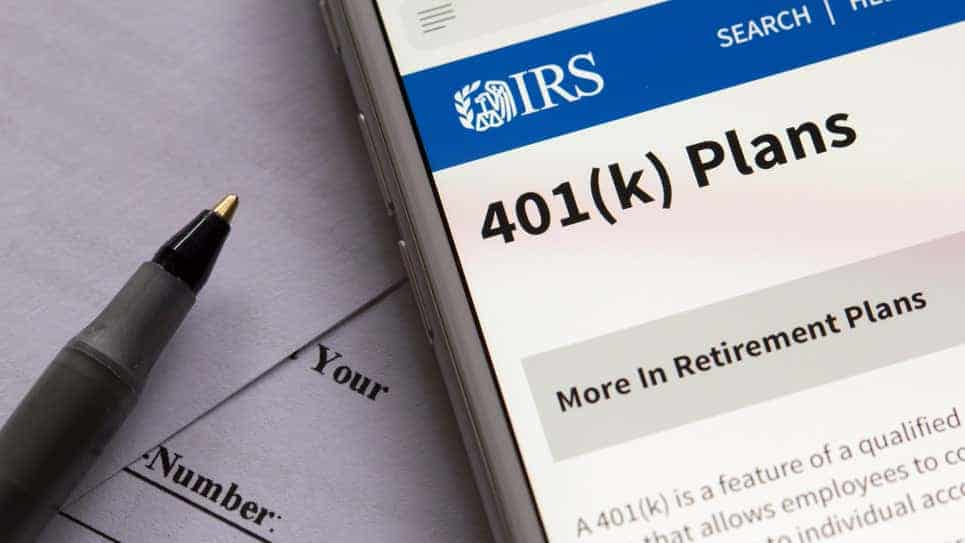When you start a new job with an employer that sponsors 401(k) plans, you’re usually given the option to contribute part of your monthly earnings as either a flat dollar amount or a fixed percentage. But what’s the better option? Here’s a look at the difference in your longterm savings for both flat-rate and percentage-based contributions.
Take advantage of employee matching, either way
Whether you go with a flat dollar or percentage-based contribution, try to maximize any employer matching on your contributions for 401(k), 403(b) or 457(b) plans. Not every company does this, but some offer a dollar-for-dollar match, up to a certain amount (i.e., $5,000 per year), while others might match a certain percentage, such 50% or 100%, of your contributions up to a certain percentage or amount.
Either way, employer matching is the best way to save longterm for retirement. At no cost to you, your employer is (potentially) doubling your retirement contributions for an investment that will grow exponentially over time, thanks to compound interest. It’s a tax write-off for the company, so you both win in the deal.
This is why financial advisors recommend that you at least contribute enough to take advantage of all of your employer’s matching. Otherwise, they recommend contributing 15-20% of your gross income overall (in an ideal world, of course).
How flat-dollar contributions work
A flat-dollar (or flat-rate) contribution works well if you have a fixed budget with very little wiggle room for surprises. You’ll know exactly how much you pay every month (or years, even), and can plan accordingly. You can also ensure that your contributions are completely maxed out, too, by dividing the annual contribution limit of $19,500 by the number of paychecks you receive.
The downside? Well, your income could easily change if you get a raise or take on a new role. Also, the maximum contribution limit is not fixed, and the IRS could easily increase the limit in a given year. Overall, the danger here is a “set it and forget it” mentality in which you forget to update your contributions to reflect a bump in pay. The temptation would then be to ease up on how much you’re willing to contribute just as you start making more money.
How percentage-based contributions work
Generally, going with a percentage-based option is better for longterm savings, as you’ll never have to worry about losing ground on your contributions. There’s also a bit of psychology at play here, too—if you automatically contribute, say, 10%, no matter what, you won’t be tempted to scale it back every time you get a raise, which often happens every year or so, for some employees. And with any income hikes, you’re more likely to outpace flat-dollar contributions to your 401(k) if you hold steady on that fixed percentage.

